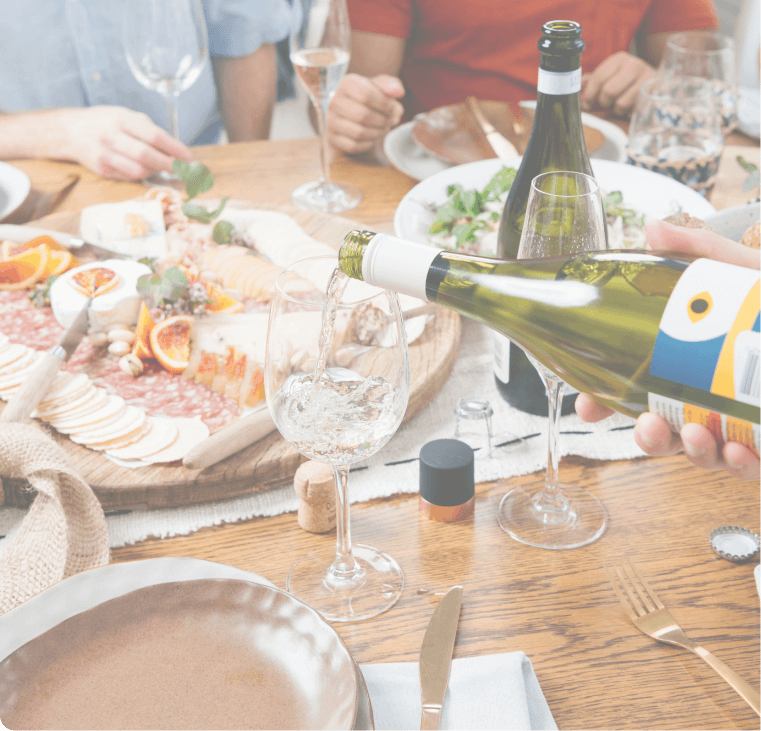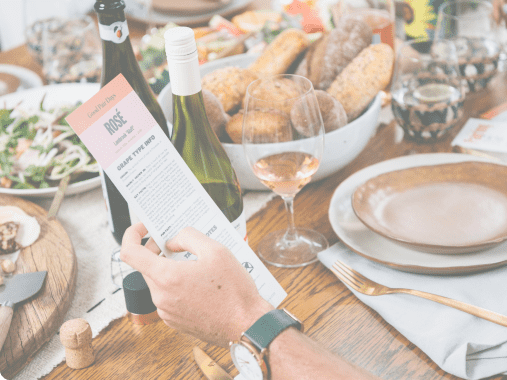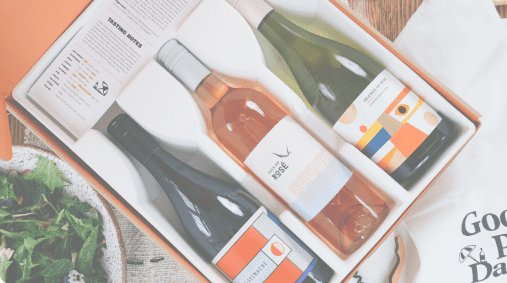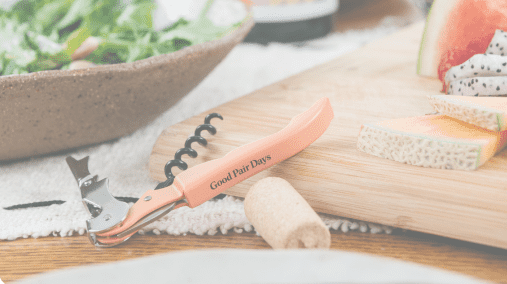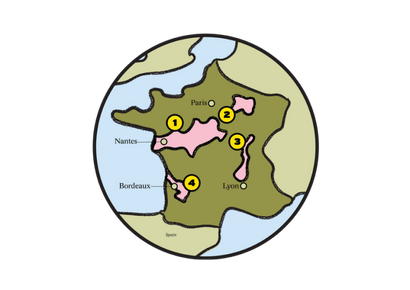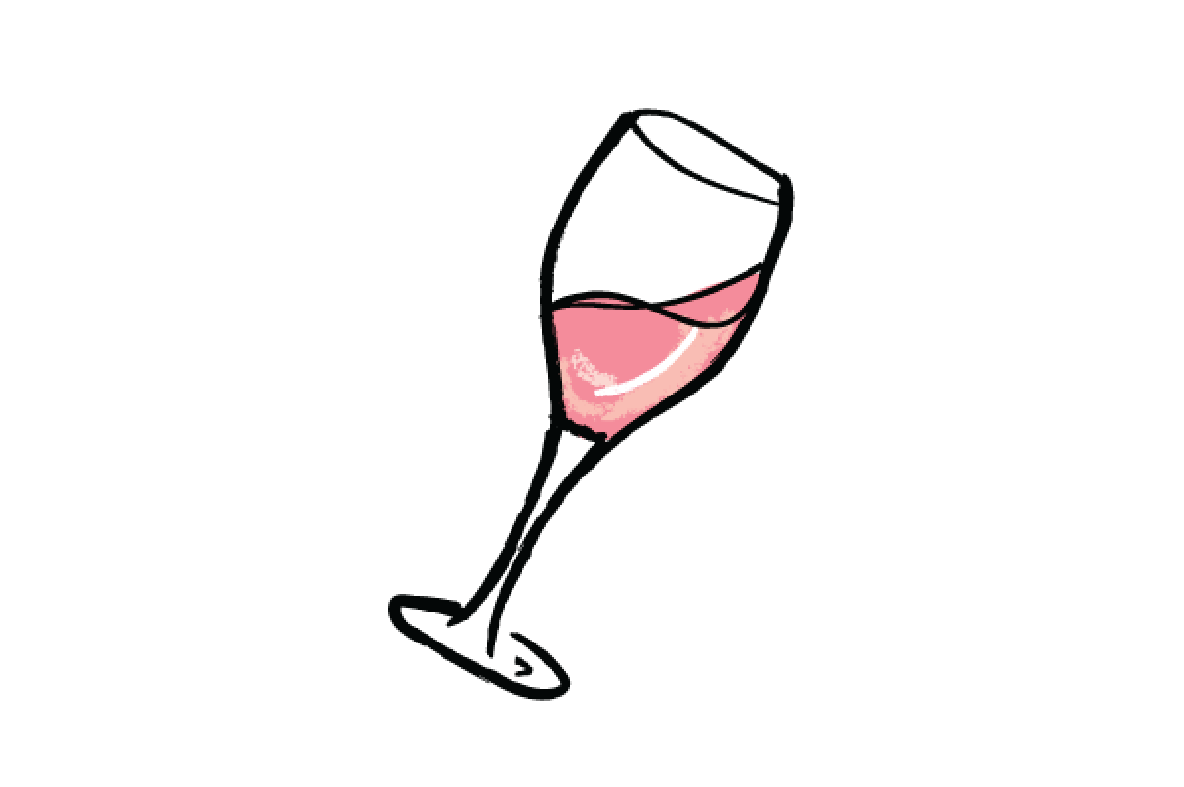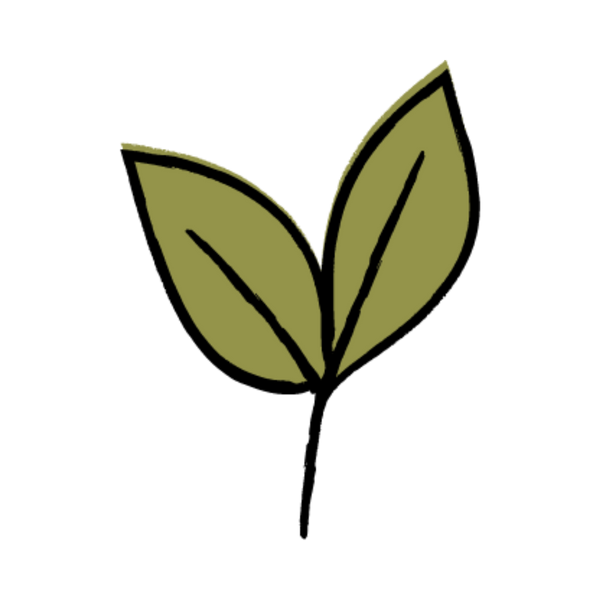Maison Johanès Boubée 'Les Talandières IGP Mediterranee' Rosé 2024
Primary flavours

Raspberry

Strawberry

Cream

Savoury
Details
The south of France makes some of the finest rosé on the planet, and this lovely pink is the perfect example of what makes them great. Light coloured, with crisp edges and a hint of red berries, it's very refreshing and incredibly drinkable.
Origin: The spiritual home of rosé is Provence, in Southern France. Mainly Grown In: Rosé is found all over the world these days, but coastal regions are especially well suited to the growing of red grapes for rosé. Key Facts: Rosé is predominantly made from red grape varieties. The colour in wine is actually from pigments found in the skins of the grapes, so even red grapes have clear-coloured juice. The colour is then ‘bled’ out of the skins by infusing the skins into the juice. So for rosé, the wine simply spends far less time hanging out with the skins! Rarely you will find a rosé that is a combo of white and red grapes – they’re not ‘less good’, just less common. Rosé is super versatile – it suits any occasion. Best to always have a bottle in the fridge, just in case, you know… Wednesday happens or something. Fun Fact: Pale pink rosé has become the queen bee among consumers because it has built a reputation for being the lightest and driest. However, just because a rosé is darker in colour, does not mean it is sweet! And some rosé with more colour also has more character, flavour and is just as refreshing.
Origin: The spiritual home of rosé is Provence, in Southern France. Mainly Grown In: Rosé is found all over the world these days, but coastal regions are especially well suited to the growing of red grapes for rosé. Key Facts: Rosé is predominantly made from red grape varieties. The colour in wine is actually from pigments found in the skins of the grapes, so even red grapes have clear-coloured juice. The colour is then ‘bled’ out of the skins by infusing the skins into the juice. So for rosé, the wine simply spends far less time hanging out with the skins! Rarely you will find a rosé that is a combo of white and red grapes – they’re not ‘less good’, just less common. Rosé is super versatile – it suits any occasion. Best to always have a bottle in the fridge, just in case, you know… Wednesday happens or something. Fun Fact: Pale pink rosé has become the queen bee among consumers because it has built a reputation for being the lightest and driest. However, just because a rosé is darker in colour, does not mean it is sweet! And some rosé with more colour also has more character, flavour and is just as refreshing.
Read more
Taste Profile
This wine’s tasting notes.
Sweetness

lowmediumhigh
Body

lightmediumfull
Fruitiness

nonesomelots
Tannins

lowmediumhigh
Acidity

lowmediumhigh
Oak

nonesomelots
Alcohol

low
(under 12%)medium
(12-14%)high
(14%+)
Taste Summary
This wine’s tasting notes are leaning towards light bodied, low sweetness, with medium acidity, some fruitiness, low tannins, medium alcohol and no oak.
Specs
Region
Languedoc
country
France
Grape type
Rosé
Wine Maker
Maison Johanès Boubée
Alcohol
12%
Vintage
2024
Cellar period
1-3 years
Closure
Cork (Synthetic)
Production method
Vegan
Temperature
Cold 5°C-8°C
Pairing guide
Perfectly capturing the essence of the Mediterranean, this bright and crisp rosé is an absolute joy for the senses. It’s brilliantly food friendly, too - you’ll find great results matching this wine with classic French salads, pasta dishes featuring red capsicum and chickpeas, spring vegetable risotto, and all kinds of seafood dishes including calamari and grilled prawns with chilli and garlic. Caponata, aglio e olio, cacio e pepe, salmon fillets with green beans and mashed potato… the list just goes on and on!
Read more
Food

Pizza

Antipasto

Hot & Spicy
Tastes

Crisp
Moods

Bored

Any and all
Seasons
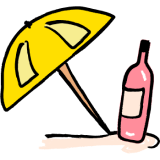
Summer
Recipe Matches
Wine region

Languedoc, France
The Languedoc wine region is located in the south of France, in the Languedoc-Roussillon region. It is the largest wine-producing region in France and is known for its wide variety of wine styles, including red, white, rosé, and sparkling. As a younger region, Languedoc has less restrictive wine growing laws making it a virtual oasis for progressive winemakers. As a result, you may find many innovative, even atypical blends in this region, that represent excellent value. Of the numerous varieties available in Languedoc Grenache, Syrah, Carignan, Cinsault, Mourvèdre, and Viognier are the stand outs. Top producers are known showcasing the unique character of the Languedoc region, including Mas de Daumas Gassac, Château de Saint-Martin, Mas Jullien, and Château d'Angles. Languedoc, watch this space!
Read more

